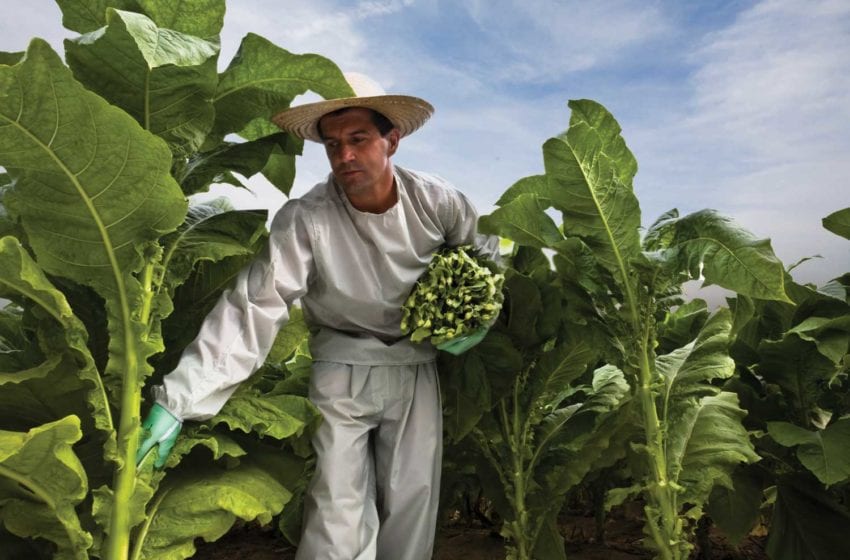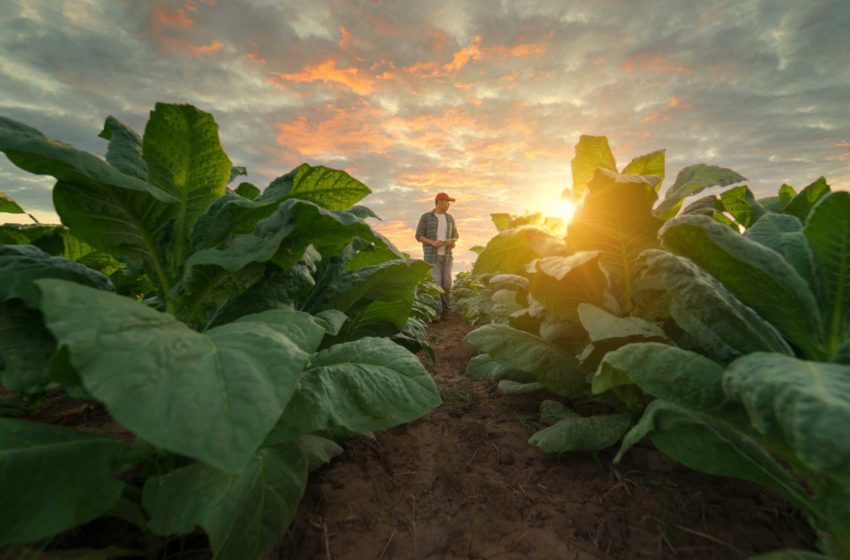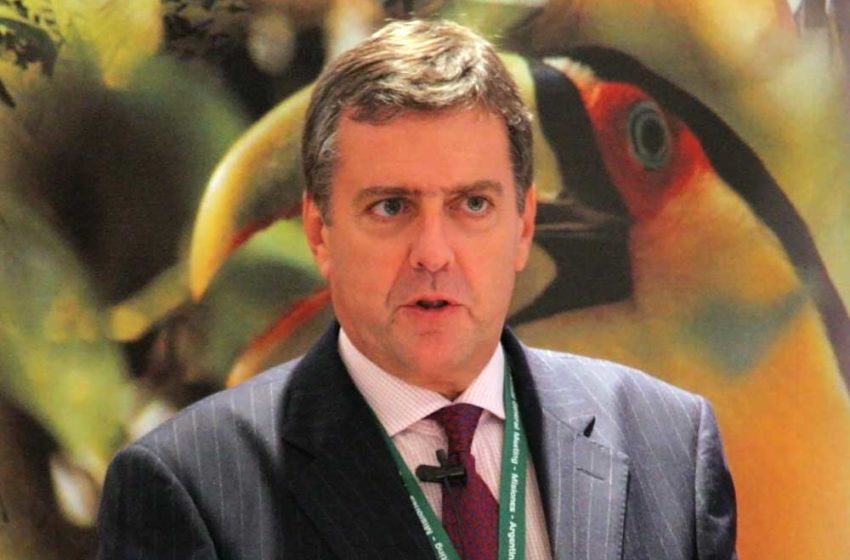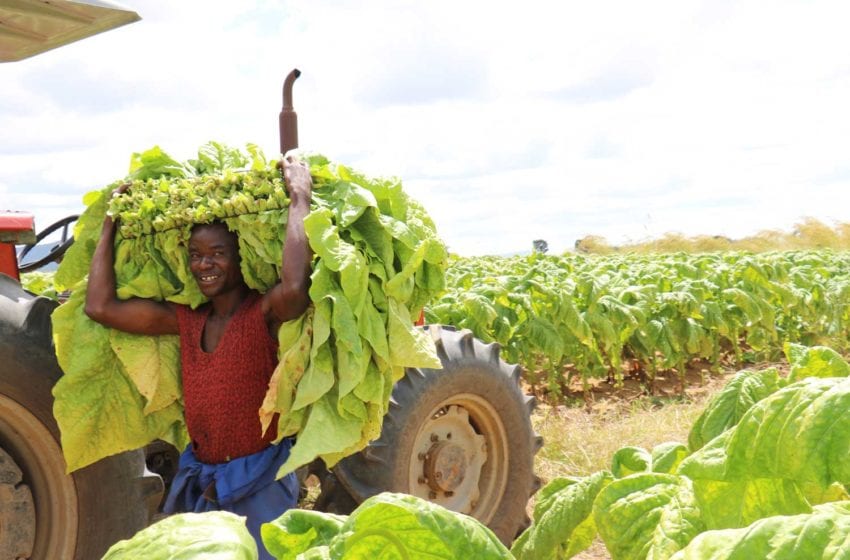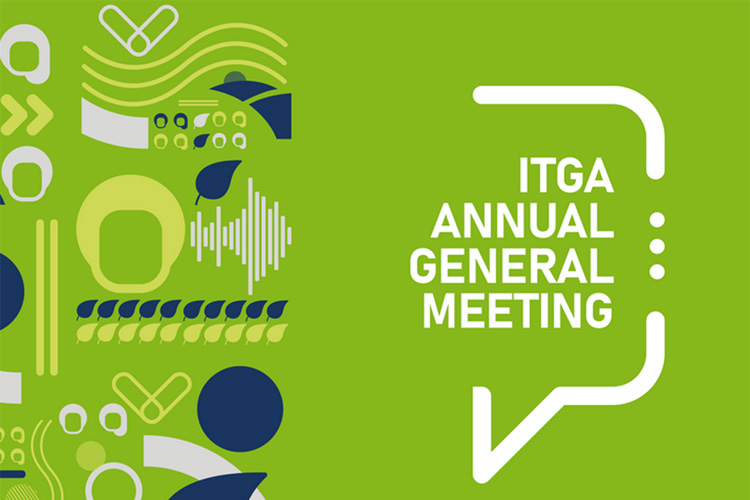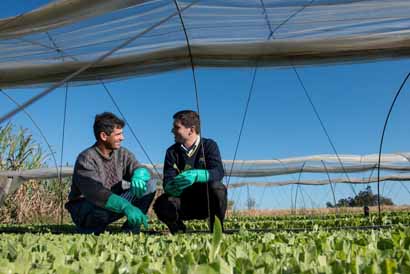The growers' group will hold it annual meeting Oct. 26-29 in Castelo BrancoRead More
Tags :International Tobacco Growers Association
Antonio Abrunhosa and Mercedes Vazquez, reflect on the prospects for tobacco farmers in a changing environment. Read More
Growers discuss the challenges and opportunities facing their sector during ITGA’s annual Issues Day. Read More
António Abrunhosa retires after 23 years at the helm of the tobacco growers’ group.Read More
ITGA debates growers’ challenges in the wake of a pandemic and deepening crisis.Read More
The growers' gathering attracted participants from all segments of the supply chain. Read More
This year's gathering will take place virtually on Oct 18-20. Read More

